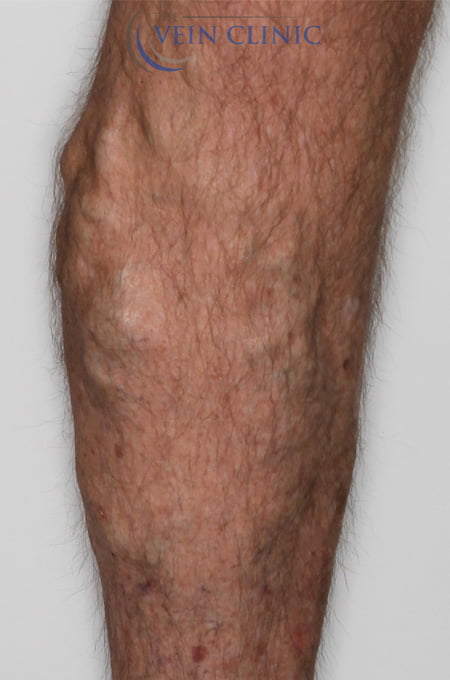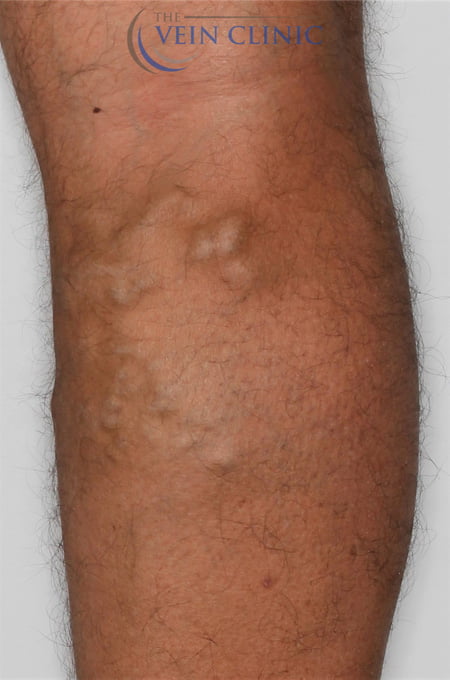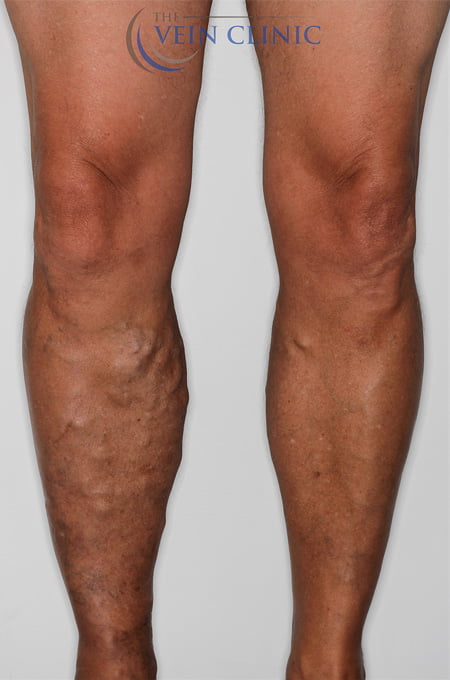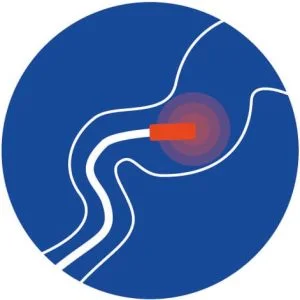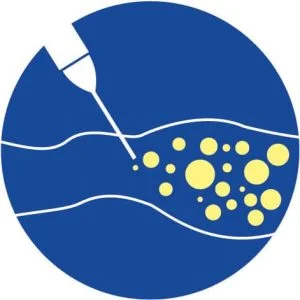Perth's Leading Specialist in the Treatment of Varicose Veins
Dr Luke Matar | MBBS, FRANZCR, FACP
What Are Bulging Veins?
Bulging veins are distorted, enlarged, twisted veins above the skin surface.
They can affect your confidence during summer, be a cause of embarrassment and prevent you from showing your legs. But beyond the cosmetic aspects, bulging veins can be a symptom of an underlying health problem.
In most cases, bulging veins are the external symptom of deeper vein problems in your legs, and they are often the most visible result of a condition we call “varicose veins”.
Causes of Bulging Veins
Bulging veins occur when blood starts to pool in the veins of your leg, because of a malfunction in some of the valves. Your veins have small valves that regulate the flow of blood in the right direction (being in the direction of your heart). When your calf muscle contracts, the valves in your veins open, and blood is sent upwards to the hart. When the calf muscles relax, gravity takes care of the blood falling back into the feet.
When there is a problem with these valves, they may become “leaky”, and blood isn’t returned to the heart like it should. As a result, blood now pools in the legs, causing bulging veins (or varicose veins). This is called venous reflux.
Why Get Treatment For Bulging Veins?
Bulging veins can trigger other health concerns in your legs. If left untreated, they may become inflamed, and cause inflammation in the surrounding skin. Other possible consequences of bulging veins include leg swelling, skin discoloration and ulceration, and venous thrombosis. In some cases, varicose veins may lead to spontaneous bleeding.
It’s recommended to work on the underlying causes of bulging veins, and to gently abolish the venous reflux. A detailed ultrasound and thorough clinical assessment is always the starting point before you make a decision about any recommended treatment option for bulging veins.
Our Approach to Vein Treatment
Stage 1
Treatment of large malfunctioning veins (trunk)

Endovenous Laser Treatment (EVLA) to great, small, and/or anterior accessory saphenous veins. 60 minutes
Stage 2
Treatment of large varicose veins (branches)

Phlebectomy removal of larger bulging varicose veins 90-120 minutescombined with

Ultrasound-Guided Foam Sclerotherapy (UGFS) on smaller veins. 30 minutes
Stage 2
Treatment of small varicose veins (branches) if required

Extra sessions of UGFS to close smaller veins if identified as required at post-treatment follow-up scan 30 minutes
You may not require this stage.
Stage 3
Optional treatment surface veins (leaves)

Usually done by Microsclerotherapy 30 minutes
Most patients require multiple treatment sessions to remove spider veins.
Stage 4
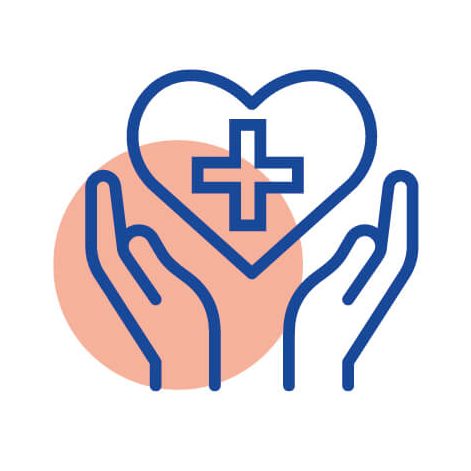
Follow up and maintenance to ensure best results
Our Minimally Invasive
Varicose Vein Treatments
Experiencing Other Symptoms?
Frequently Asked Questions
Why do I have varicose veins?
Most varicose vein issues are hereditary. If you have one parent with varicose veins your risk of having them is around 65%. If both parents are affected the risk rises to approximately 90%. Another main risk factor for women is pregnancy, with the risk increasing with each additional pregnancy. Standing occupations such as hairdressers, nurses, and chefs also have a high risk of varicose veins as gravity puts pressure on the veins and weakens them.
How do I prevent varicose veins?
Once varicose veins are present, they will not resolve of their own accord. Measures to reduce the rate of progression include maintaining a normal healthy weight and going for regular walks of 20-30 minutes per day. Reducing the length of time spent on the feet in a stationary position may help and alternating between standing and sitting positions during the day will also reduce the pressure on the veins.
What will happen if I don’t treat these veins?
Generally, without treatment, varicose veins will get progressively worse over time. Symptoms may occur such as heaviness, ache, pain, and tiredness in the legs towards the end of the day. Further progression may result in leg swelling, itch, skin discolouration, and eventual skin ulceration. Blood clots related to superficial venous thrombosis may also occur in severe cases and can lead to the more serious condition of Deep Vein Thrombosis.
What treatment options exist?
Outdated, old-fashioned options such as surgical stripping are rapidly becoming obsolete due to poor long-term success, with recurrence rates of up to 50%. Modern treatment options include endovenous laser ablation, sclerotherapy injections, and ultrasound-guided ambulatory phlebectomy. In many cases a combination of different treatments will give the best long-term results.
Will the veins come back after treatment?
Many people are concerned that the treatment will be of limited value because the veins will just come back. This was certainly the case in the days of surgical stripping with a 50% recurrence rate at 5 years; however, using the latest minimally invasive techniques, we can reduce the risk of recurrent varicose veins to the baseline risk of approximately 3% per year.
What is the downtime following treatment?
This depends on the type of procedure performed and the severity of the veins being treated. Modern treatment with laser can involve no time off work and approximately two weeks off heavy gym work and four weeks off international travel.
Read More on Our Blog

5 Ways to Prepare for Your Vein Procedures
1. Get to know and love your stockings! We strongly recommend you buy your compression stockings well ahead of your […]
Read More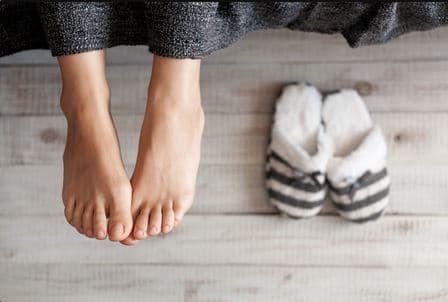
Don’t Be Fooled By Winter!
Cold weather constricts the veins and can make you feel “less symptomatic” – ie. the bothersome ache, pain, itch, heaviness, or tiredness in your legs could be less of an issue, or perhaps go away entirely.
Read More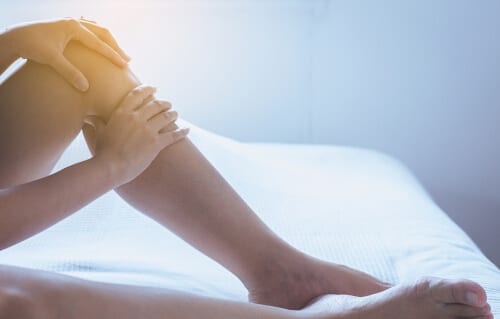
Do I Need Varicose Vein Treatment?
Suffering from varicose veins? For too long patients have been told that treatment for varicose veins is “cosmetic only” and […]
Read MoreGet In Touch
Please send us an email and we’ll be in contact very soon or alternatively, call us on (08) 9200 3450.
If you are unsure of what vein condition you may have, assess your legs with our online tool.
If you are looking for cosmetic spider vein treatment only, please click here.


